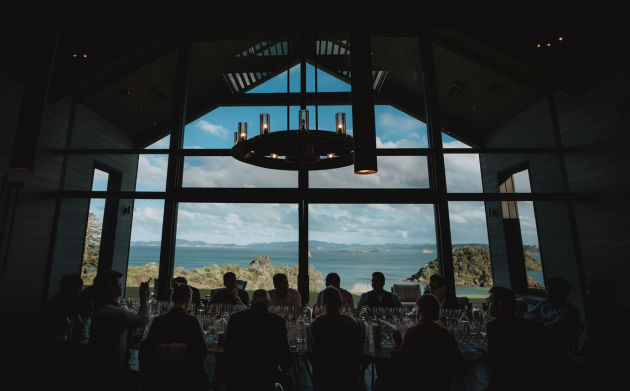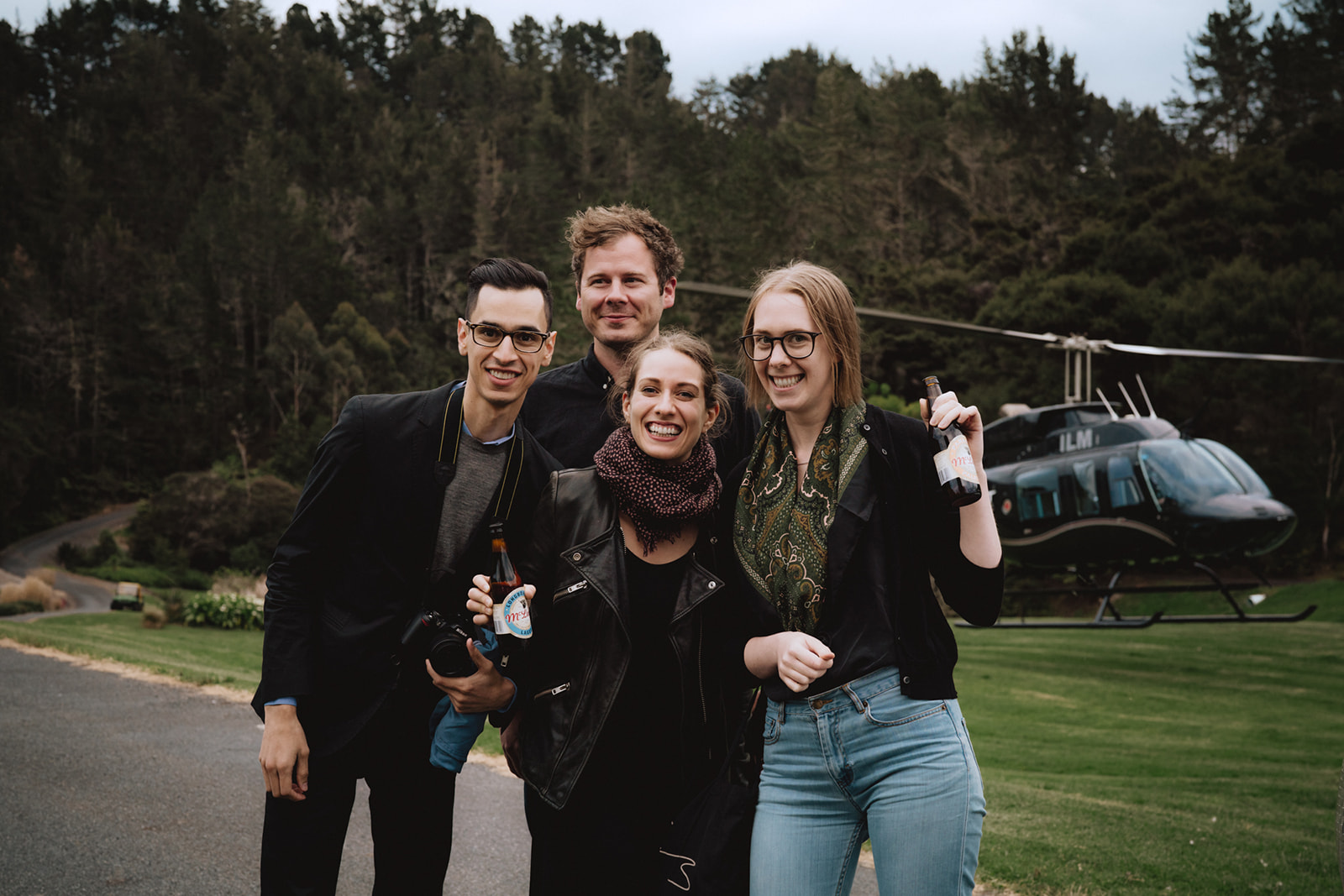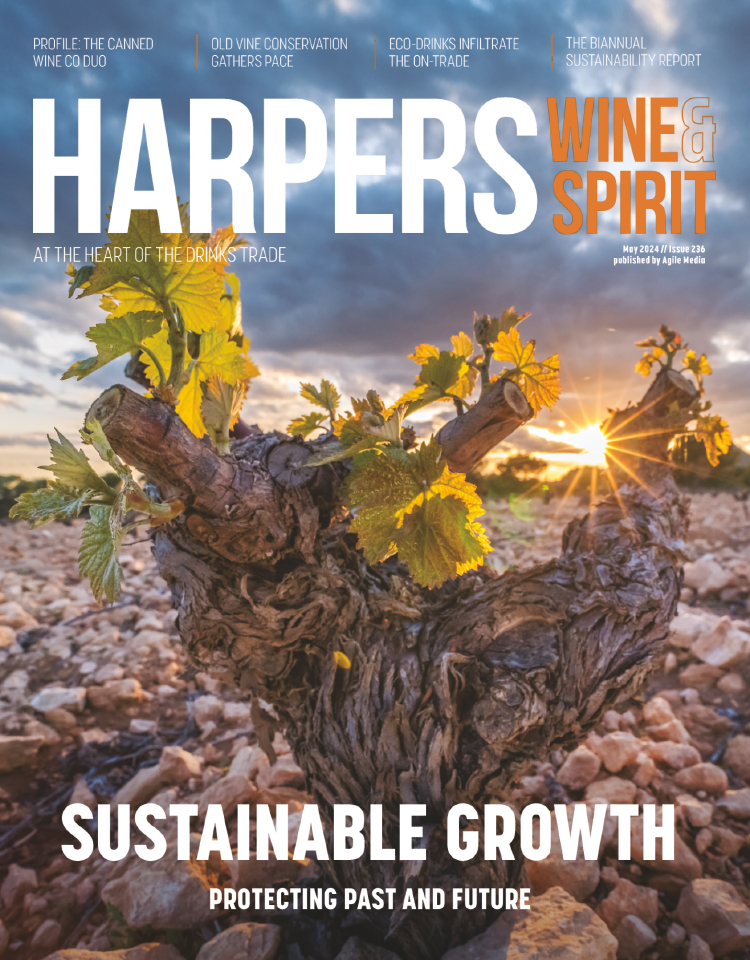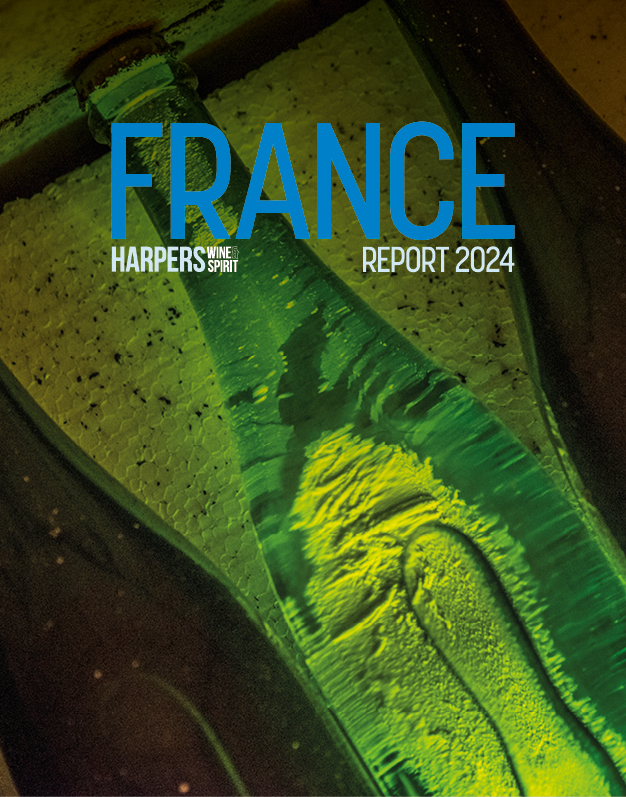
Friday Read: Hide’s Julia Sewell on NZ setting benchmark for land custodianship
New Zealand Winegrowers’ Sommit 2019 gave 16 international somms the chance to explore 200 years of winemaking from Northland to Otago.
Julia Sewell, wine manager at London’s Hide, explains how an intense connection and feeling of responsibility to the land has been – and continues to be – the hallmark of New Zealand’s success.
A visit to New Zealand timed in order to coincide with the 200th anniversary of the first planting of a grapevine on New Zealand soil inevitably brings with it the consideration of exactly how far the New Zealand wine industry has come in the last 200 years. Indeed, wine is in the top ten exports for the country. However, the vine itself is not native to New Zealand, and – as we were told multiple times during our trip – modern day biosecurity laws would never allow un-quarantined plant matter to be brought into the country so easily. This awareness of the land and ecosystem as an entity to be protected and cared for is perhaps the secret success of the New Zealand wine scene.
Around 98% all 700 wineries in New Zealand are certified by SWNZ (Sustainable Winegrowing New Zealand). It seems, in fact, that the majority of those who are not members chose not to join because they are more stringent with their own sustainability practices, not less, and do not see the value in the additional paperwork required to qualify. This organisation was set up in the 1990s in order to provide “a framework of efficient and economical viticultural and winemaking practices that encourage environmental stewardship”. Justine Tate, business manager of SWNZ, mentioned she has been asked to consult for several different countries seeking to follow the same path – and with this level of membership, it is not surprising that SWNZ is seen as the example to emulate.
From left to right: Jonathan Lopez (USA), Ezra Wicks (USA), Jacqueline Doucette (Denmark), Julia Sewell (UK). Taken in Northland as part of the Sommelier scholarship at the beginning of October 2019.
However, it isn’t just at the bureaucratic level that this respect for land is noticeable. In general, winemakers spoke of a sense of responsibility. From Northland to Otago via Hawke’s Bay and Marlborough, the message came through: “We are responsible for leaving the land we work in a better condition than when we arrived.”
Whilst this statement was made more specifically by a viticulturalist focusing on biodynamics, we were constantly exposed to the awareness that almost every person had of the idea of Custodianship. I put this with a capital ‘C’, because our first introduction to this idea was through the Maori concept of Kaitiakitanga, which is about guardianship and conservation.
Northland, our first stop, is not just the location of the 200th anniversary of the first planting of a grapevine – it is also the site first reached by Polynesian settlers in the 1200s and later by Europeans. Hence, our introduction to the country of New Zealand felt very much tied into the history of the country, and while the 200th anniversary event was partially a commemoration, it also served as an opportunity for speechmaking on the collective responsibility of land users to consider their resource with a 500-year-and-beyond view, rather than seeking immediate gains.
Every region spoke of a need to recognise themselves as custodians of the land, and to better it for the next generation. This was obvious in different ways in each region: in Central Otago, where they celebrate the opportunity to be pioneers, and work with organic or biodynamic methods in a high percentage of vineyards; in Hawke’s Bay, where the land itself underwent a drastic change following an earthquake less than 100 years ago, and now grapes are growing where once there was ocean; in Marlborough, where the ubiquitousness of ‘Marlborough Sauv’ is seen either as “God’s gift to New Zealand” or as a risk that must be mediated by diversification; and, as mentioned, in Northland, a region that exports exactly 0% of its wine, where the history of the nation itself is an abiding presence.
Environmental benefits aside, the most powerful aspect of this collective sense of responsibility is the way in which it seemed to bring together those who would otherwise be commercial competitors. In each region, we were welcomed into wineries and vineyards – and, in Marlborough Sounds, holiday houses! – by groups of industry leaders, displaying a great camaraderie and support towards one another that was both reassuring and inspiring. The overall impression of the place was one of optimism and growth. With such a well-defined pathway for sustainable growth (at least in terms of environmental concerns), and many looking towards sustainable financial growth, it is not surprising there is such a positive outlook.
With special thanks to the winegrowers of Northland, Hawke’s Bay, Marlborough and Central Otago, to the organisers of Sommit, and to New Zealand Winegrowers for the wonderful opportunity.
Keywords:
- new
- years
- New Zealand
- winemaking
- international
- zealand
- somms
- explore
- otago
- northland
- chance
- sommit 2019
- 200 years
- international somms
- 16 international
- custodianship new zealand
- zealand winegrowers’ sommit
- winegrowers’ sommit 2019
- explore 200 years
- 16 international somms





